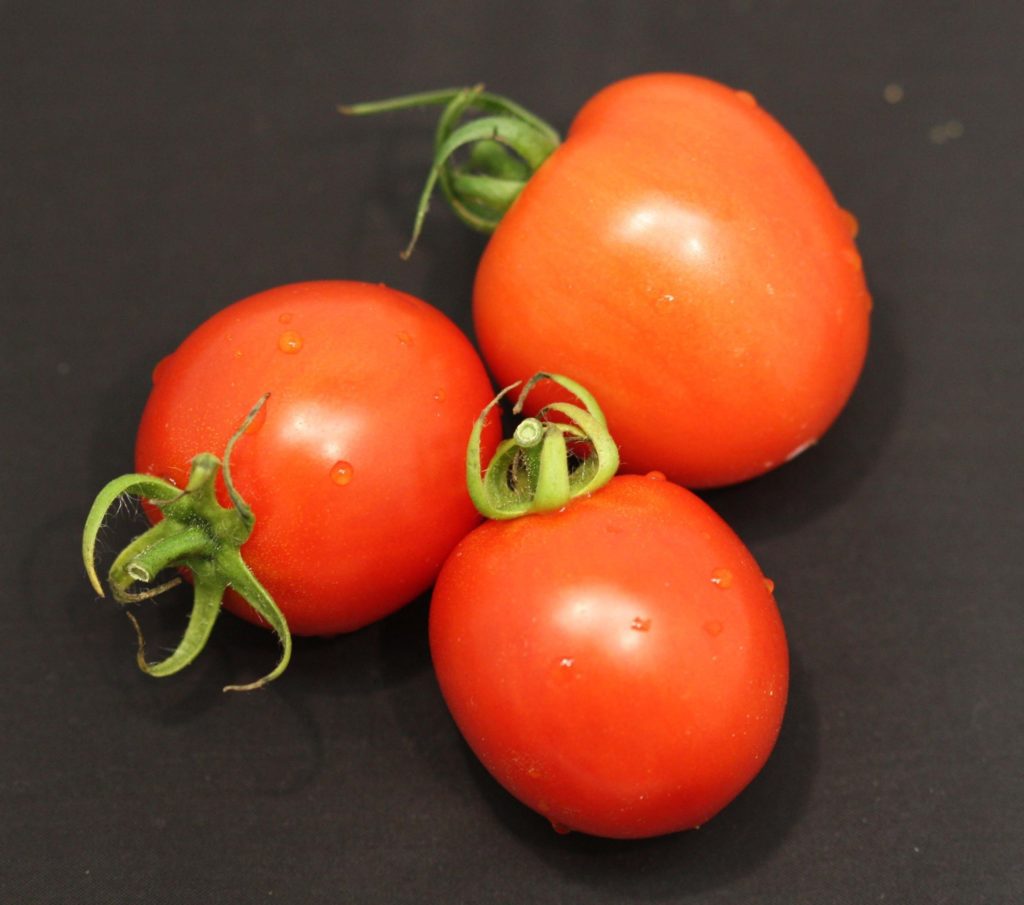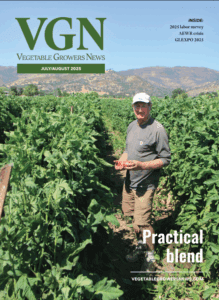Dec 17, 2020Heat brings out antioxidants, increases red in tomatoes
Turn up the heat, and get more nutrition from your tomato, University of Florida researchers say. Furthermore, when you buy a tomato, it will be about as red as it can be, thanks to the UF/IFAS methods deployed for the study.
The findings are crucial to an industry in which Florida ranks second to California in tomato production in the United States.
In new research led by horticultural sciences Professor Jeffrey Brecht, UF/IFAS scientists put tomatoes in hot water and found it increased the red ripe look we love in tomatoes. By doing this, they also increased phenolics and carotenoids. To be clear, packinghouses in many states already treat tomatoes with hot water before shipping them to supermarkets – to clean them and prevent possible diseases — but the heat treatment for this study was a bit more extreme.
“The idea is that tomatoes have a certain genetic potential for antioxidant production that isn’t always realized,” said Brecht, a postharvest biologist. “That’s because tomatoes — all plants actually — produce antioxidants to deal with stress, and they produce more antioxidants the more stress they experience. Because we basically coddle tomatoes, the fruit doesn’t always realize its genetic potential for antioxidant production.”
“You could say that we found a way to make tomatoes get as red as they are able to get,” he said. “But the overall increase in antioxidants and the accompanying improvement in nutritional value is more important. Both the improved color and the improved nutritional value are benefits for consumers.”
For the study, researchers with UF/IFAS and the Agricultural Research Service (part of the USDA) applied increased heat to stimulate tomatoes. The major types of antioxidants in tomatoes are carotenoids and phenolics, Brecht said. Carotenoids include pigments, one of which is the red pigment, lycopene, which makes tomatoes red.
“So, in encouraging the tomatoes to make more antioxidants, we gave them a more red pigment,” he said. “But the major response to the heat stress was the production of phenolics, which are powerful antioxidants, but they are usually colorless.”
Researchers used an assay (test) that measures antioxidant capacity, but they also measured different types of antioxidant compounds to reach their conclusions.
Brecht describes the concept as “basic tomato physiology,” so the study’s methods apply to tomatoes, not just in Florida, but across the United States.
Tomatoes in Florida are most commonly harvested at the mature green stage and ripened after packing. Here’s how tomato packinghouses in Florida treat tomatoes before they go to your supermarket. They heat the dump tank water into which the tomatoes are transferred from field bins or gondolas to about 10 degrees above the tomato pulp temperature.
Packers use a water dump because it is the gentlest way to transfer fruit onto a packing line, and they use warm water because it reduces the chances of decay. Tomatoes are typically in the dump tank for a couple of minutes, Brecht said.
“We think that process could be modified to duplicate our hot-water treatment and improve the tomato quality,” he said.
– Brad Buck, University of Florida

















